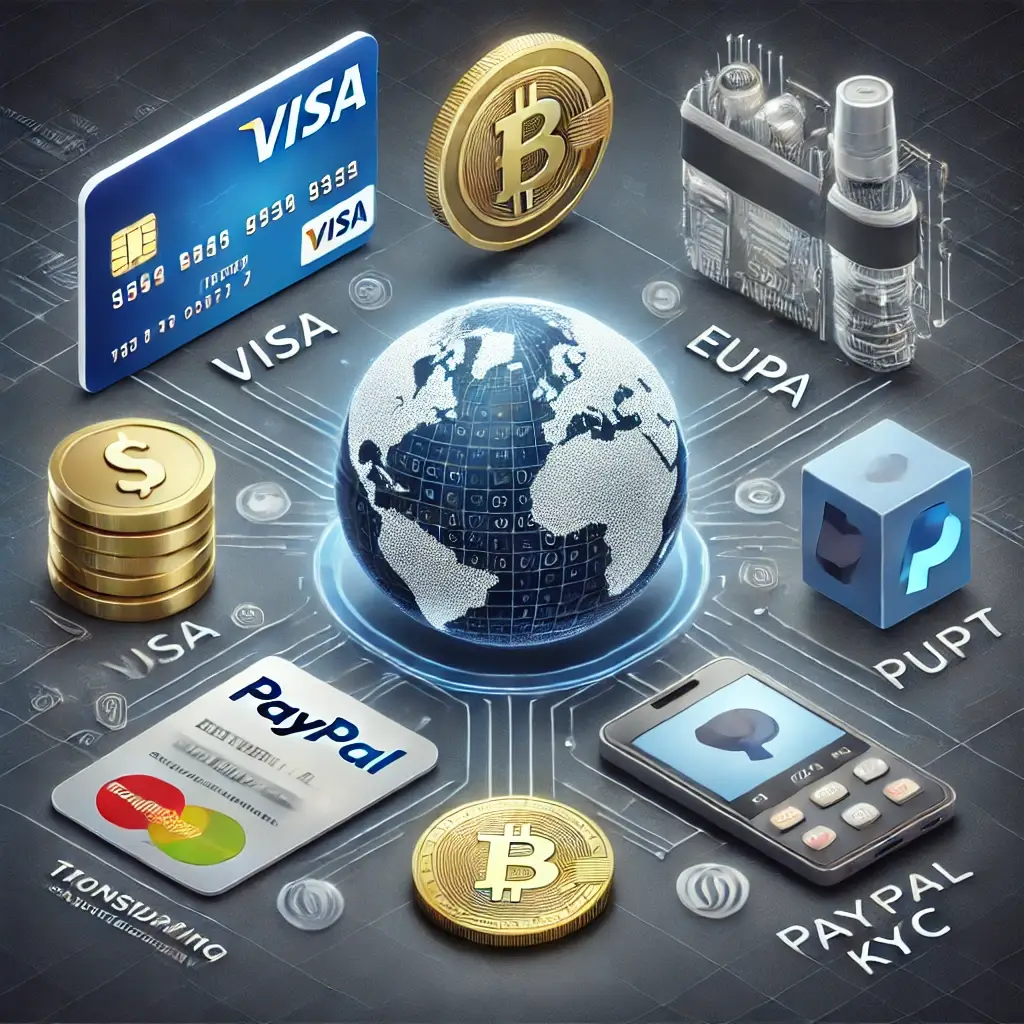Comparing AML compliance differences across payment systems:
1. AML Compliance for Credit Card Networks (e.g., Visa and Mastercard)
- KYC and Transaction Monitoring: Credit card networks like Visa and Mastercard require issuing banks to implement robust Know Your Customer (KYC) procedures to identify users when accounts are opened. Card providers also follow transaction monitoring protocols to detect suspicious activities.
- AML Protocols: Visa and Mastercard enforce regular audits and strict compliance with AML laws in each jurisdiction. Issuing and acquiring banks must ensure the legitimacy of transactions, with varying compliance rules by region.
- Fraud Prevention Measures: Credit cards are especially prone to “card-not-present” fraud in online transactions, necessitating reinforced AML measures, like 3D Secure authentication and behavioral analysis models, to detect anomalies.
2. AML Compliance for SEPA (Single Euro Payments Area)
- Harmonized European Environment: SEPA, primarily used in the European Union, is designed to facilitate frictionless euro transfers between member countries. AML regulations for SEPA are governed by EU directives, such as the 5th AML Directive (AMLD5), which mandates KYC standards and transaction monitoring.
- Strict KYC Verification: SEPA transfers require full KYC authentication and verification for customers, but transactions are monitored less in real-time compared to card networks, as SEPA is often used for account-to-account payments.
- Suspicious Transaction Reports (STRs): Banks using SEPA must report suspicious transactions to regulatory authorities, like the Financial Intelligence Unit (FIU) in each country (e.g., Tracfin in France).
- Intra-EU Transfer Advantages: SEPA transactions are more transparent within the EU, though stricter AML protocols apply to transfers involving non-EU countries.
3. Other Payment and Transfer Systems (e.g., SWIFT, PayPal, Cryptocurrencies)
- SWIFT: This is an international network used by banks for interbank transfers. SWIFT does not perform AML checks directly, but participating financial institutions are responsible for customer verification and transaction analysis to detect fraud. Institutions must file suspicious transaction reports (STRs) when needed.
- PayPal and Digital Wallets: These systems provide added convenience but come with unique AML challenges. Services like PayPal, where users can transfer funds without traditional bank intermediaries, implement strict KYC protocols to open accounts and monitor suspicious transactions.
- Cryptocurrencies: Cryptocurrency platforms, particularly those allowing exchanges between crypto and fiat currency, are required to comply with AML laws. However, due to the potential anonymity of transactions and lack of centralized intermediaries, they pose unique AML challenges. Many platforms now adhere to AML standards, including KYC verification and suspicious transaction monitoring.
4. AML Mechanisms Comparison Across Payment Systems
| Criteria | Credit Cards (Visa, Mastercard) | SEPA | SWIFT | PayPal & Digital Wallets | Cryptocurrencies |
|---|---|---|---|---|---|
| KYC | Yes, at account opening | Yes, through banks | Yes, through banks | Yes, at account opening | Varies (depends on platform) |
| Monitoring | Real-time | Less real-time | Bank-dependent | Moderate | Moderate but less standardized |
| STR Requirement | Mandatory | Mandatory | Mandatory | Mandatory | Mandatory (by jurisdiction) |
| Fraud Risk | High online (CNP fraud) | Lower for individuals | Medium for large transfers | Varies (phishing, fake accounts) | High if anonymity is allowed |
5. Conclusion
Each payment system has unique AML requirements and protocols based on its structure, risk level, and regulatory environment. Credit card networks provide highly real-time AML monitoring, while SEPA is more standardized within Europe. Digital wallets and cryptocurrencies, although newer, are evolving to meet AML requirements but pose additional challenges due to anonymity and regulatory compliance.
By understanding these differences, businesses and consumers can better navigate the risks and obligations associated with each payment system.


